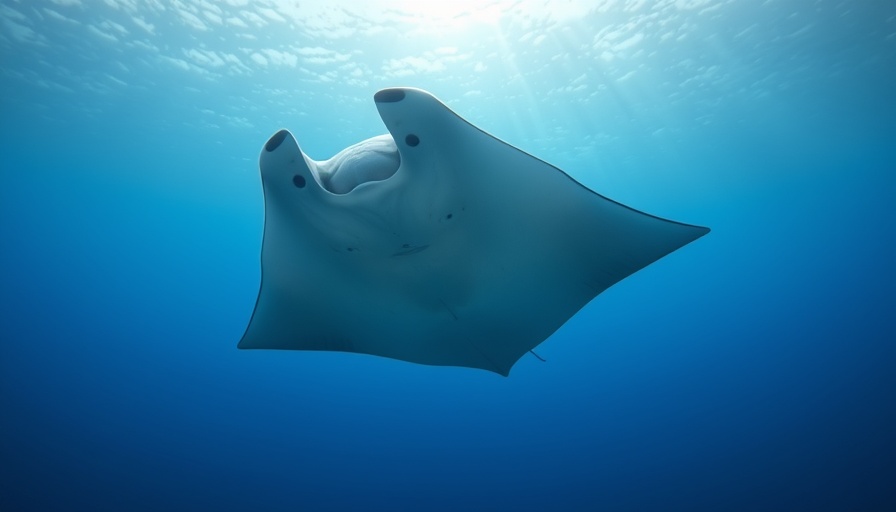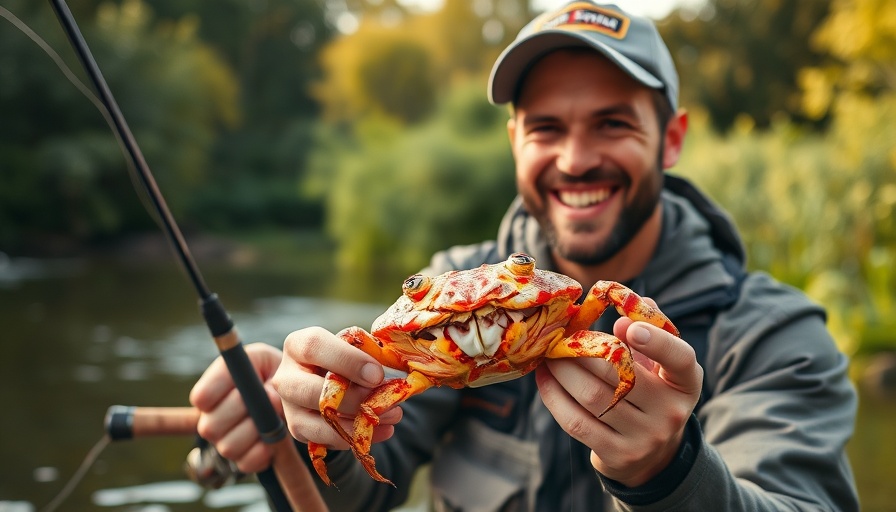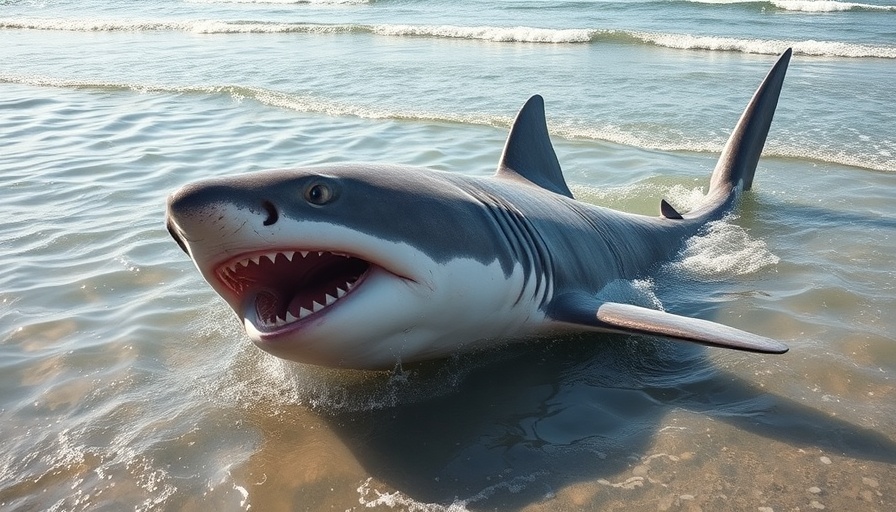
Unveiling the Creatures of Eilat's Waters
The Gulf of Eilat has recently become a hotspot for marine enthusiasts, revealing unexpected visitors such as manta rays, whale sharks, and even finbacks. In just a short span this month, divers and surfers have had the rare opportunity to spot at least four majestic manta rays and a captivating number of whale sharks, drawing attention from both the scientific community and ocean lovers alike. Recent sightings were reported by Sharks in Israel, a dedicated organization that tracks marine life across the region.
Understanding the Surge of Marine Sightings
What's prompting these extraordinary aquatic sightings? Analysts suggest that various factors might be at play, particularly the deteriorating health of the Red Sea. Environmental shifts, influenced by heavy fishing, tourism, and industrial activities, may be driving these creatures into more populated areas as they search for food and cleaner habitats. Notably, this month also marked the rare appearance of a mobula ray, further signaling changing marine populations.
A Closer Look at the Mobula and Manta Rays
While manta rays are known for their large wingspans and graceful movements, mobula rays, closely related species but less seen in the region, add a unique charm to the narratives of Eilat's waters. According to Dr. Adi Barash of the Steinhardt Museum of Natural History, the unexpected appearance of the mobula ray this month—only its second recorded sighting—illustrates the elusive nature of these creatures and the pressing need for more awareness and research about our marine ecosystems.
The Impact of Human Activity on Marine Life
With so many factors affecting marine health, it raises a crucial question: How can we ensure the protection of such magnificent species? The extensive ship traffic en route to the Suez Canal and ongoing developmental pressures in surrounding countries, coupled with limited conservation efforts, intricately affect marine habitats. Increased awareness could spur more collaborative conservation projects across nations sharing the Red Sea environment.
A Personal Encounter: Marine Life Up Close
Meron Segev, a photographer and passionate diver, recently encountered a massive oceanic manta ray. "It was breathtaking to see such a giant creature gliding through the water,” he explained. Such experiences not only inspire awe but also serve as a reminder of our responsibilities in preserving these environments.
The Future of Eilat's Marine Health
The increased sightings of these majestic creatures point towards an ecosystem that is shifting under the pressures of human activity. Continued monitoring and engagement from both locals and tourists can assist in fostering a greater understanding and appreciation for the delicate balance of marine life in the Gulf of Eilat. It’s essential for the region’s inhabitants and visitors alike to work together to protect this vital habitat.
Exploring the underwater wonders of the Gulf of Eilat opens discussions about environmental awareness, highlighting both the beauty and fragility of marine life. Understanding how human actions and natural changes influence such majestic creatures reinforces our role as guardians of the sea.
 Add Row
Add Row  Add
Add 




Write A Comment